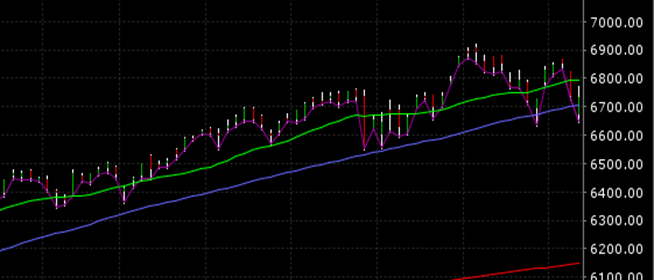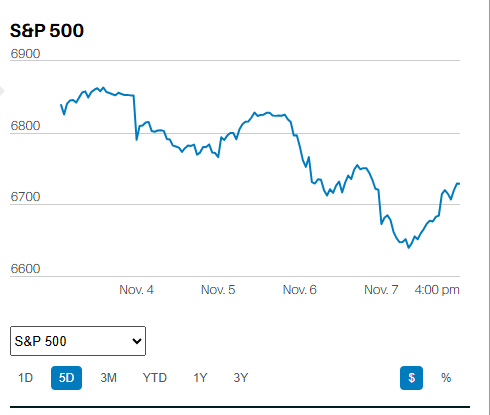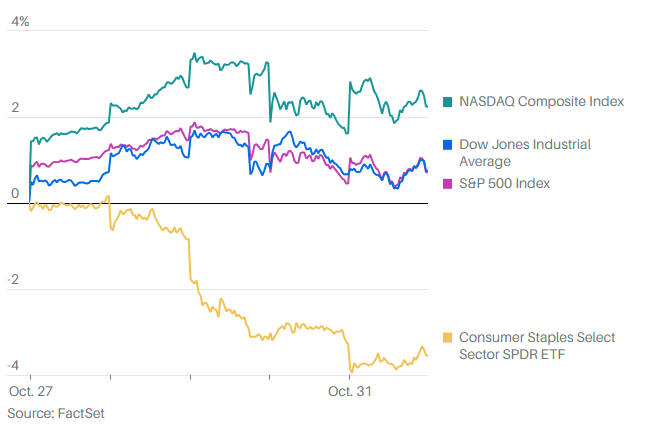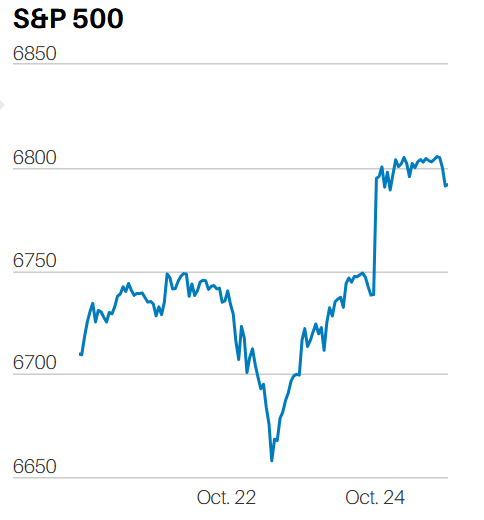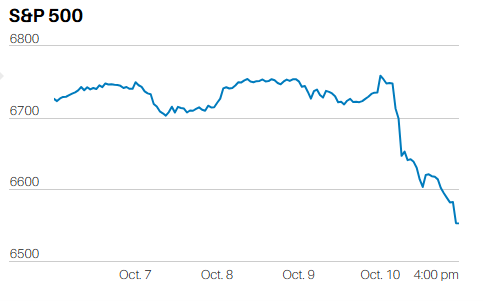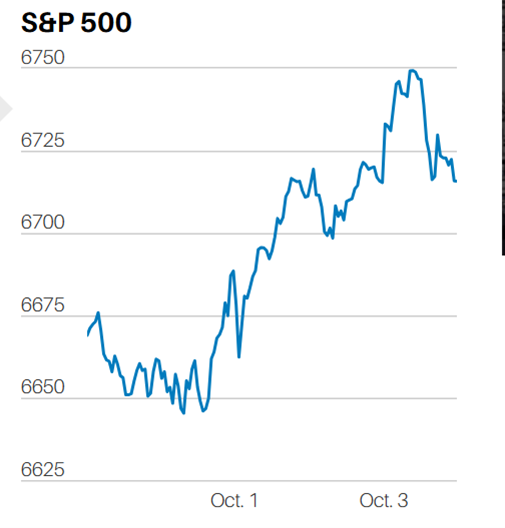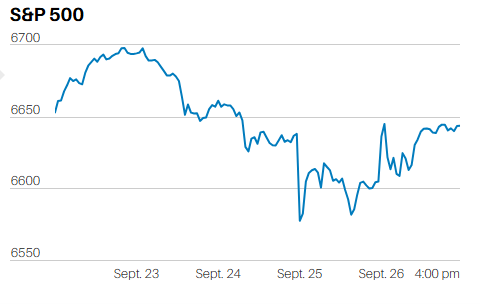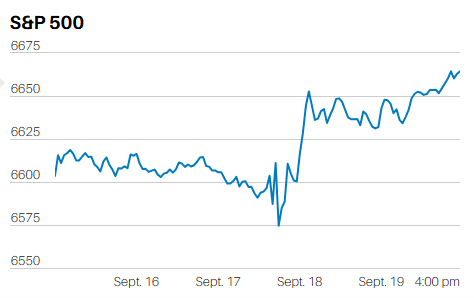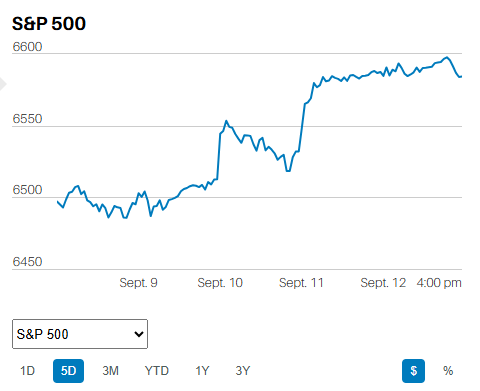SECURE Act tax credits make 401(k)s even more affordable for small business owners
Save $5,500 per year ($16,500 for three years)

What are the new SECURE Act 401(k) tax credits?
The SECURE Act permits an eligible small business to claim a tax credit for adopting a new 401(k) plan and/or a new automatic enrollment feature.
- Qualified startup costs - Before the SECURE Act, a small business could claim a tax credit equal to 50% of their “qualified startup costs,” up to a $500 limit. Now, the limit is the greater of (1) $500 or (2) the lesser of (a) $250 multiplied by the number of non-Highly Compensated Employees (non-HCEs) eligible for plan participation or (b) $5,000. This credit is available for up to three years.
- Automatic enrollment - Small businesses can earn an additional $500 tax credit by adding an automatic enrollment feature to a new or existing 401(k) plan. The credit is available for each of the first three years the feature is effective.
- When combined, these credits can total up to $5,500 per year ($16,500 for 3 years).
What are qualified startup costs?
Qualified startup costs include the ordinary and necessary costs that a small business incurs to:
- Set up and administer a qualifying retirement plan
- Educate employees about the plan
What retirement plans qualify for the SECURE Act tax credits?
401(k) plans, Simplified Employee Pensions (SEPs), and Savings Incentive Match Plan for Employees (SIMPLE) IRAs qualify. 403(b) plans do not.
Is my small business eligible for a SECURE Act 401(k) tax credit?
To be eligible, you must meet three requirements.
- Have 100 or fewer employees who were paid at least $5,000 in compensation by you in the preceding year
- Cover at least one non-HCE with your retirement plan
- Your employees weren’t substantially the same employees who received contributions or accrued benefits in another retirement plan sponsored by you, a member of a controlled group that includes you, or a predecessor of either for the previous three tax years prior to your eligibility
Can a solo 401(k) plan qualify for the SECURE Act tax credits?
No because solo 401(k) plans do not cover non-HCEs. They only cover business owners and their spouses.
How can I claim the startup tax credit?
You must file IRS Form 8881 (Credit for Small Employer Pension Plan Startup Costs) with your tax return.
